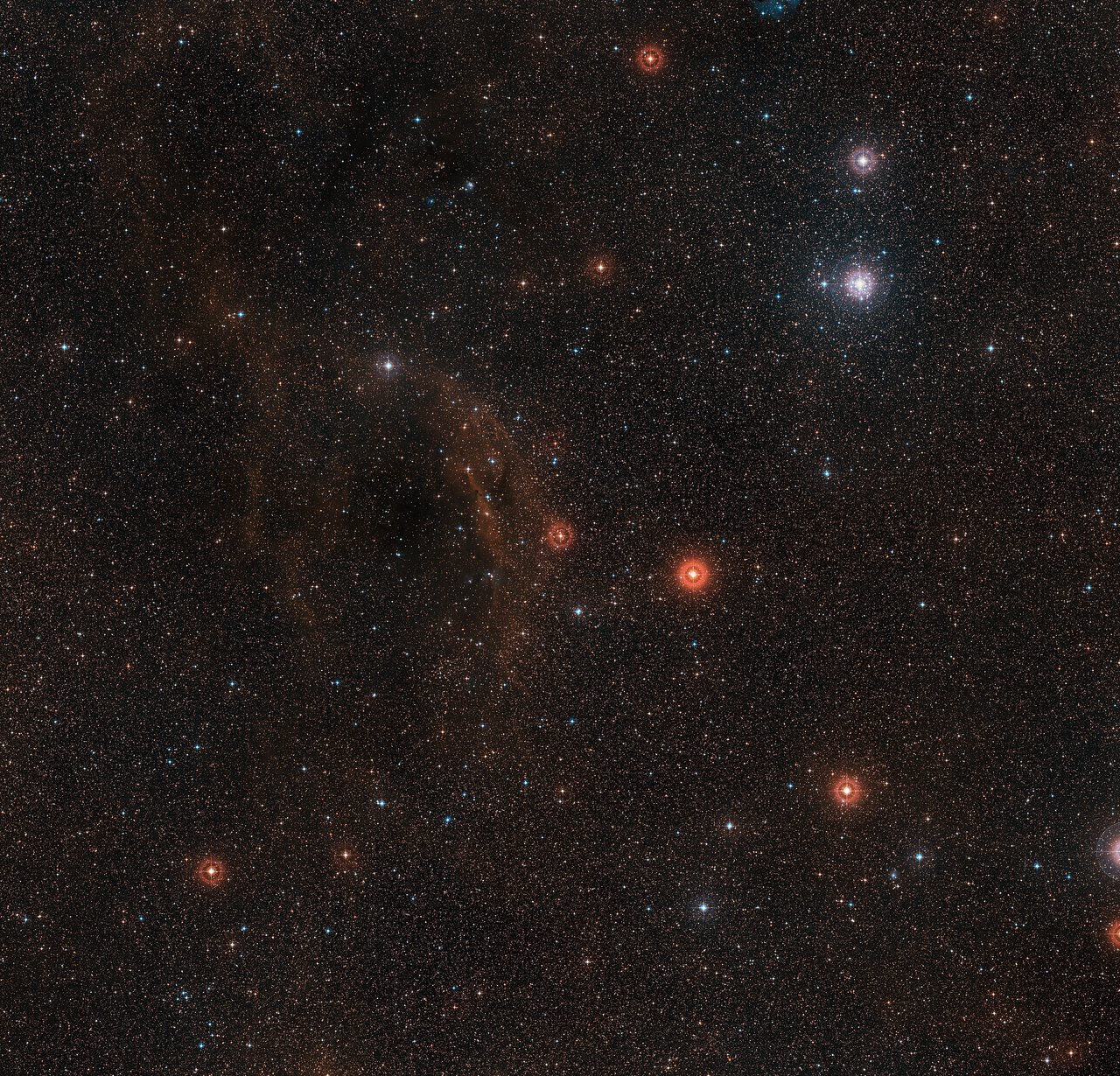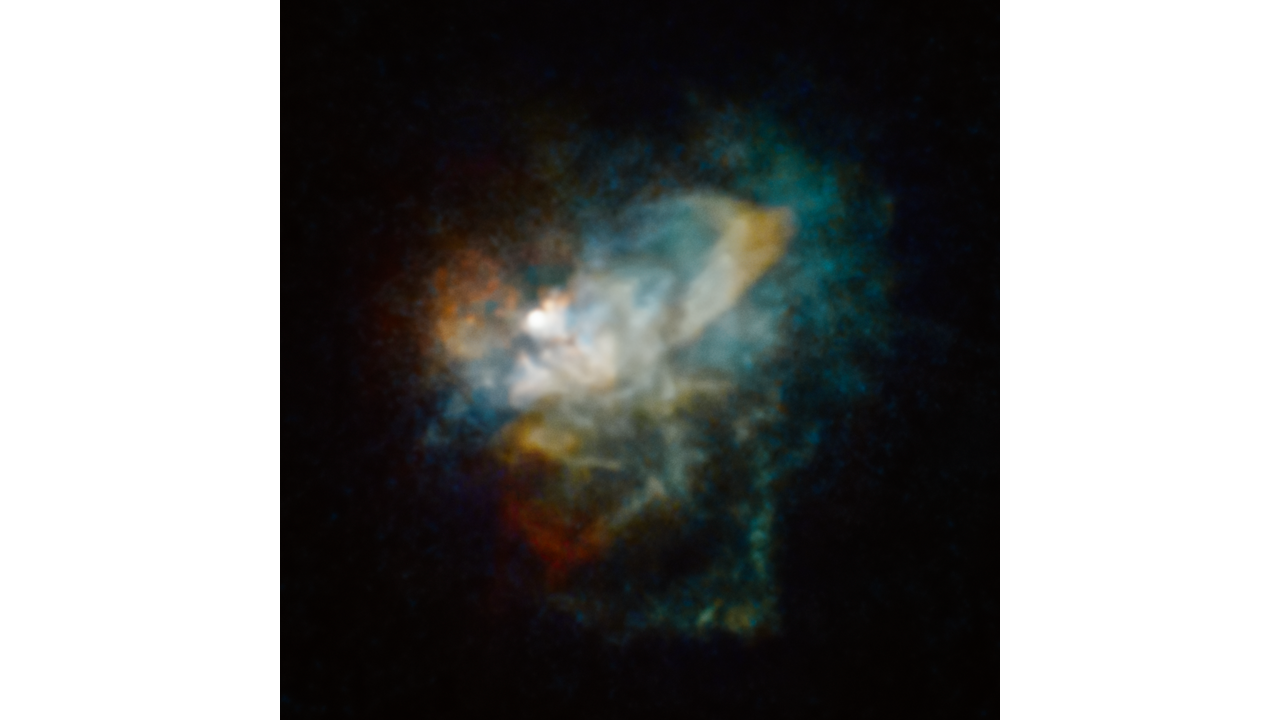VY Canis Majoris
Red Hypergiant Star
S-Rocket🚀
# Bringing The Universe To The Earth
Explore in Silence

VY Canis Majoris – in the direction to our constellation Canis Major the Greater Dog – is one of the largest stars known. It’s a red hypergiant, so huge that it makes the famous giant star Betelgeuse look small by comparison.
If you replaced our sun with VY Canis Majoris, its outer layers would extend past the orbit of the 5th planet, Jupiter. It’s far away at about 3,900 light-years, so it only looks like a faint star to us (with telescopes) even though it’s actually as bright as 300,000 suns.

But this aging star is belching out huge clouds of gases, forming dust that is gradually blocking more and more of its light. it’s known to have faded in brightness. VY Canis Majoris, though, has faded very gradually, over the past couple of centuries

The dimming is reminiscent of Betelgeuse, a red supergiant star, which suddenly and dramatically faded last year, but then fully recovered its former brightness. The dimming led to speculation that Betelgeuse might explode soon in a supernova! Of course, Betelgeuse has not exploded.
the dimming of VY Canis Majoris is likely similar to that of Betelgeuse, but on a much larger scale. The fading periods on VY Canis Majoris are much longer, and the star dims more dramatically. The dimming is due to increasing amounts of dust being formed that temporarily blocks light from the star.

The scientists think that there are similar processes creating the dust around both stars, but that the much larger outflows are forming more substantial amounts of dust around VY Canis Majoris.
They’re thought to shed some of their mass through giant arcs of plasma, extremely hot gases, similar to the solar prominences seen to loop up at times from our own sun. The arcs from VY Canis Major – a much larger star than our sun – are also much, much larger.

Another difference is that the arcs of material appear to not be physically attached to the star. Instead, they appear to be thrown out from the star, after which they drift away from it.
Previously,Scientist Humphreys and her team had calculated the arcs of material had been ejected from the star in periodic episodes ranging from several hundred years ago to within the past couple hundred years.

It’s hard to fathom just how immense a red hypergiant star like VY Canis Majoris is. The masses of just some of the small knots of gas on VY Canis Majoris are more than twice that of Jupiter. The star itself has a mind-boggling radius 1,420 times that of our sun. Betelgeuse is also immensely larger than our sun, yet VY Canis Majoris is so huge it sheds 100 times more mass than Betelgeuse.

Giant stars like VY Canis Majoris don’t live as long as less massive stars like our sun. Our sun is already four-and-a-half billion years old and considered middle aged.
VY Canis Majoris is less than 10 million years old and considered to be in its “old age.” The red hypergiant giant phase of a star like this one is estimated to last between 100,000 and 500,000 years. VY Canis Major is predicted to explode as a supernova within the next 100,000 years. If it does explode, we would see it brighten considerably even though it is quite some distance away from us. Its distance (3,900 light-years) is greater than that of Betelgeuse, which is only about 640 light-years away.

AWhile scientists generally think that VY Canis Majoris will eventually explode in a supernova, there’s also a chance it may turn directly into a black hole instead, skipping the supernova stage.
 Astronaut
Astronaut